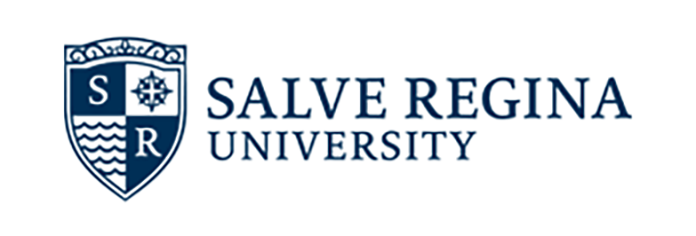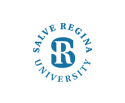Expanding the technology debate through the investigation of humor in recent art: 1950s to 1990s.
Abstract
This study examines the humor-technology relationship expressed in certain recent twentieth-century art, thus contributing to an understanding about living in an age of advanced technology. Humor scholarship, a growing discipline within the humanities, contributes philosophical, psychological, social, and scientific insights about human nature and social interaction. Technology, defined in the broadest sense, includes artifacts, technique, organized knowledge, systems, and methods. The thesis argues that the analysis of humor directed at technology increases knowledge about technological concerns despite the fact that earlier humor studies have, for the most part, neglected this source of learning. Although technology has been the object of broad inter-disciplinary and cross-cultural scrutiny, little in the literature relates the study of technology to humor generally or humorous art particularly. How humor exposes technology's pretense through wit or ridicule, therefore, is a valid subject of inquiry. As topics of academic examination, humor, technology, and art, may also be investigated through other subjects such as human intelligence, aesthetics, ethics, celebration, and play, therefore, an analysis of their relationship provides additional avenues of research. Employing the Aristotelian dialectic and abductive, or hypothetical reasoning, this study probes classical and contemporary theories of human nature, humor, and technology to reveal their interconnectedness, similarities, and differences. This method validates humor as a source of knowledge that clarifies, to some degree, the impact of technology on social development. An analysis of several artists and their works further demonstrate the value of humor as a means of evaluating technology. Since the 1960s contemporary art has exhibited distinguishing characteristics that include the intentional use of humor, social commentary, and the use of various technologies, such as computer, laser, and video. The critique of these artists and their works provides a focal point for this systematic inquiry. In addition, the interdisciplinary approach combines the views and works of artists who use a wide range of humor, irony, satire, and even slapstick in critiquing technology. The amusing, funny, and thought-provoking works of these concerned artists lend additional perspectives to the theories of major scholars in the field of technology.
Recommended Citation
Mathias, Margaret, "Expanding the technology debate through the investigation of humor in recent art: 1950s to 1990s." (2000). Doctoral Dissertations. 177.
https://digitalcommons.salve.edu/doctoral_dissertations/177
First Advisor
Arthur Frank
Date of Award
1-1-2000
Document Type
Dissertation


